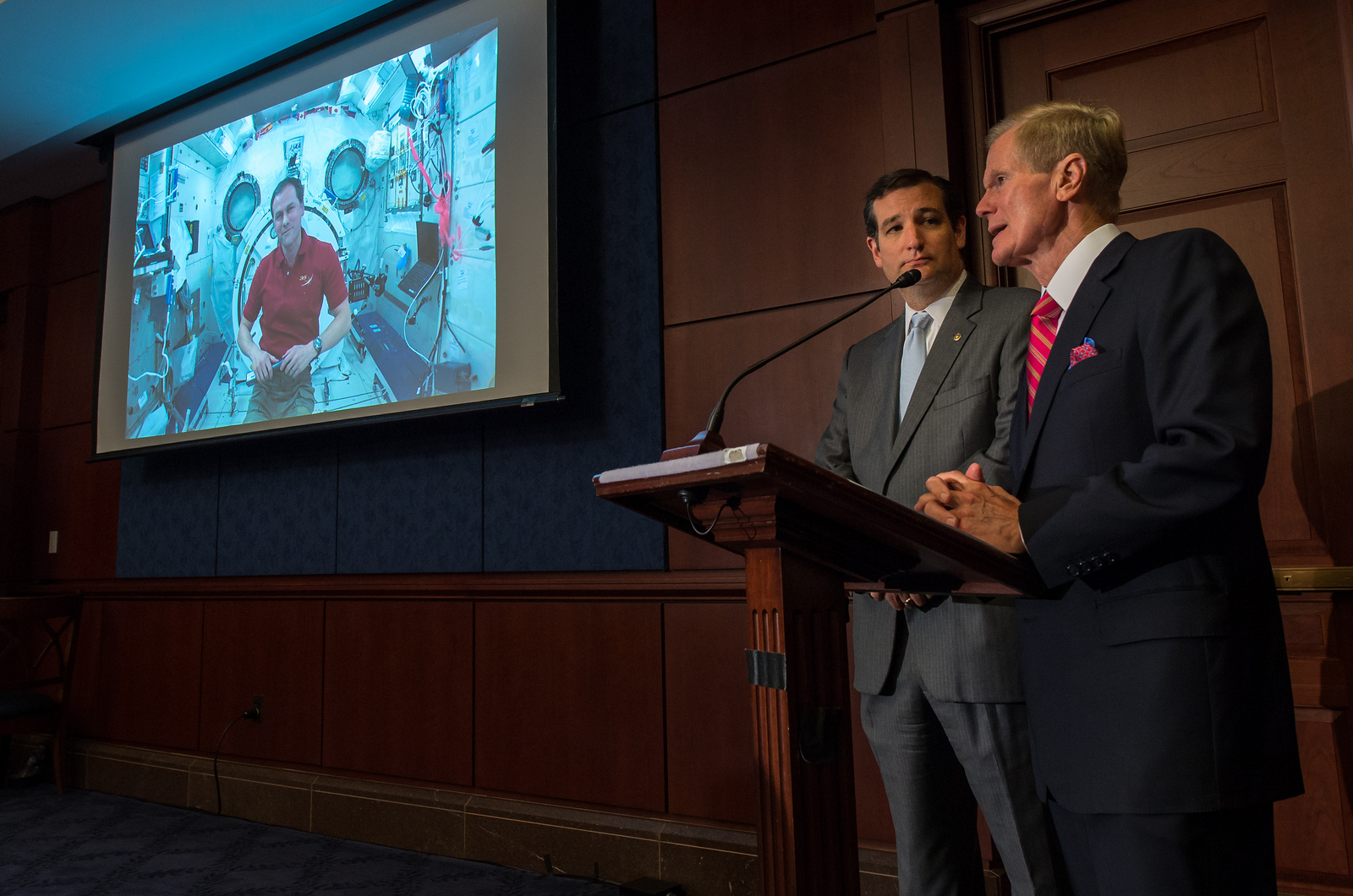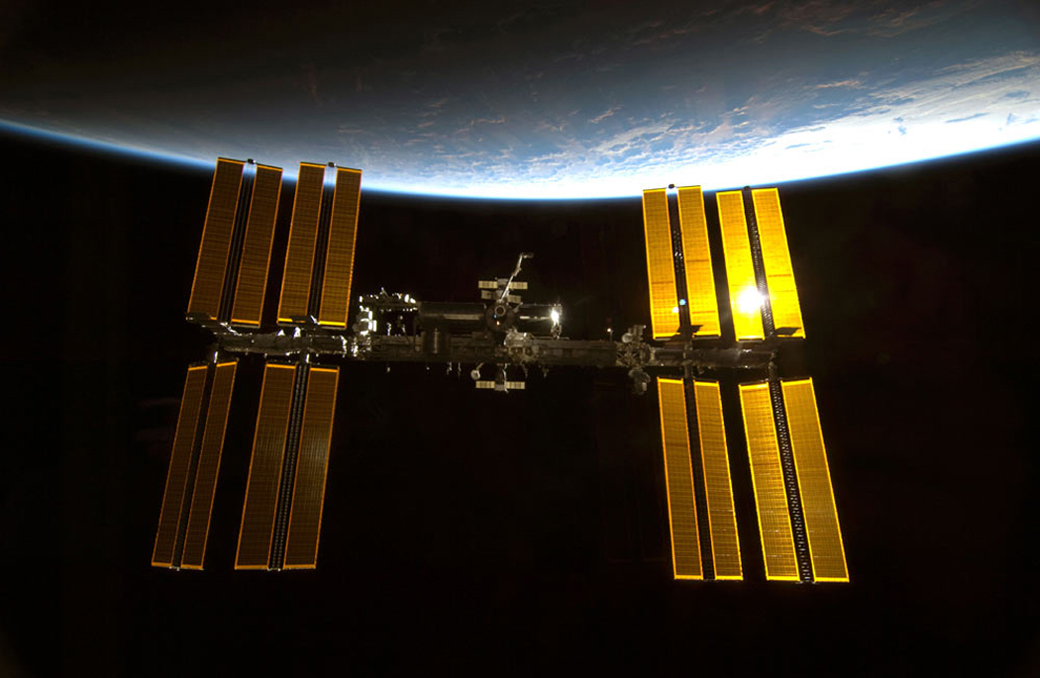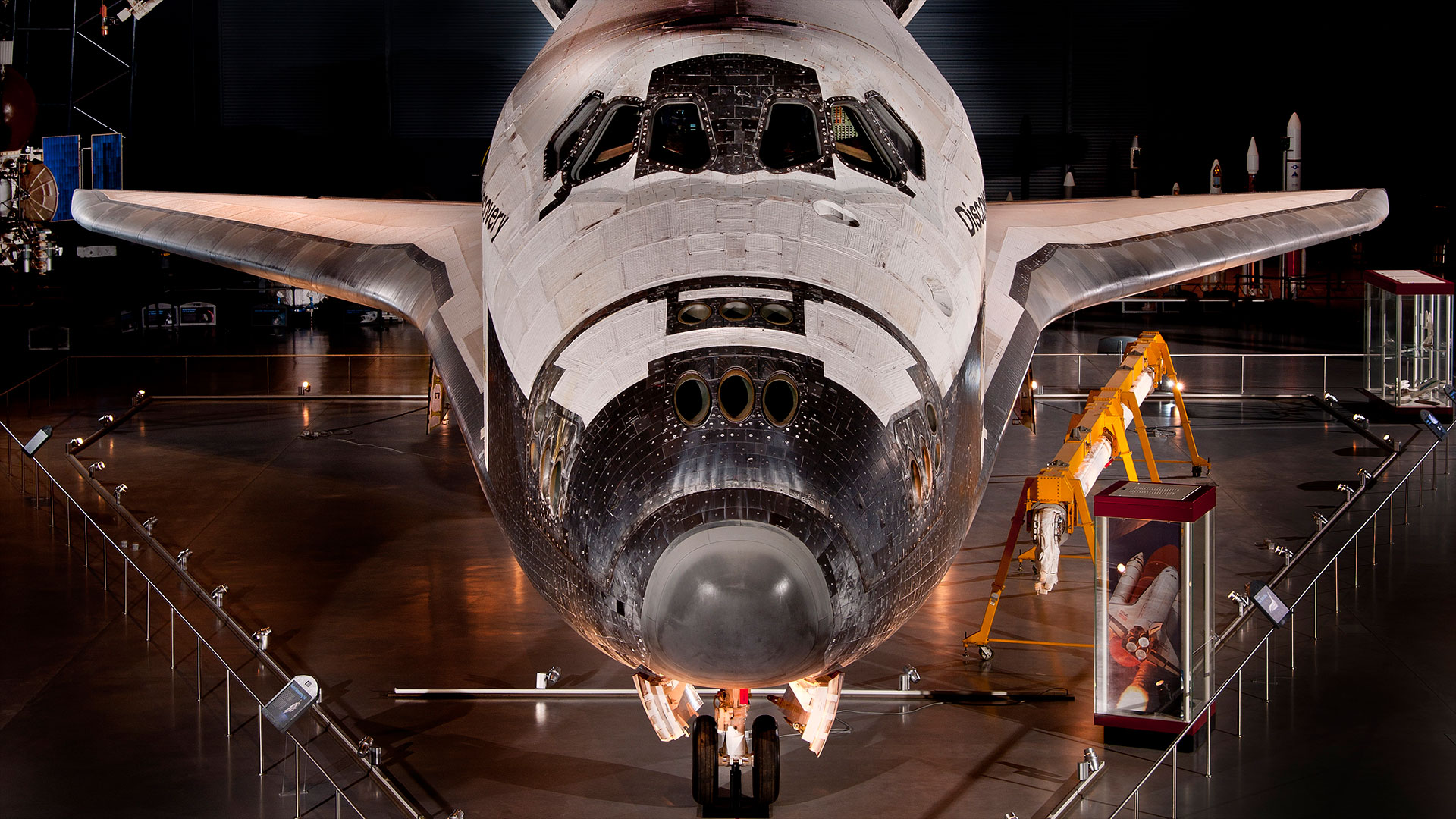Space Station Is Big Step Toward Mars, Astronaut Says

A NASA astronaut sees his work aboard the International Space Station as a means of bringing humanity a little closer to setting foot on Mars.
During a 25-minute webcast Tuesday (May 7), members of the U.S. Senate Committee on Commerce, Science and Transportation’s Subcommittee on Science and Space asked NASA's Tom Marshburn to delve into the science, downtime and other parts of life on the space station.
"I believe I'm living and working in the first Mars vehicle," Marshburn said during the event. "Everything that we've learned here is going to be used, and needs to be used, in the next generation of [space-traveling] vehicles." [The Boldest Mars Missions of All Time]
For example, understanding how to recycle resources efficiently in Earth orbit could lead to life-support systems that help send astronauts to Mars or farther out into the solar system, Marshburn said.
Life in space also changes the perspective of people living on the International Space Station, Marshburn added.
"I wish every head of state around the world could come see our Earth from the cupola," Marshburn said of the Earth-observing glass structure on the bottom of the station. "It's a 360-degree view ... I've found that I've fallen in love with the Earth again. It's almost impossible to pull your eyes away from it."
Although looking out the window is one of Marshburn's favorite pastimes on the station, crewmembers are usually too busy to stare back at Earth during their work hours, he said.
Breaking space news, the latest updates on rocket launches, skywatching events and more!
Marshburn told members of the subcommittee that his days in orbit are filled with science. The astronauts are responsible for conducting more than 100 experiments on the orbiting laboratory.
"What surprised me was that how busy and vibrant life and the work here is on the space station," Marshburn said. "The space station is a hard place to go to sleep. There's a lot going on up here. There's so much going on up here that it's hard to stop."
But it isn't all work and no play for the astronauts.
The crewmembers hold informal competitions that are very specific to life on the space station, Marshburn added. Oftentimes the six residents of the station will try to float through a module without touching a wall just for fun.
Marshburn launched into space with Russian cosmonaut Roman Romanenko and Canadian Space Agency astronaut Chris Hadfield in December 2012. The three spaceflyers are scheduled to fly back to Earth next week on May 13
Follow Miriam Kramer on Twitter and Google+. Follow us on Twitter, Facebook and Google+. Original article on SPACE.com.

Miriam Kramer joined Space.com as a Staff Writer in December 2012. Since then, she has floated in weightlessness on a zero-gravity flight, felt the pull of 4-Gs in a trainer aircraft and watched rockets soar into space from Florida and Virginia. She also served as Space.com's lead space entertainment reporter, and enjoys all aspects of space news, astronomy and commercial spaceflight. Miriam has also presented space stories during live interviews with Fox News and other TV and radio outlets. She originally hails from Knoxville, Tennessee where she and her family would take trips to dark spots on the outskirts of town to watch meteor showers every year. She loves to travel and one day hopes to see the northern lights in person. Miriam is currently a space reporter with Axios, writing the Axios Space newsletter. You can follow Miriam on Twitter.

